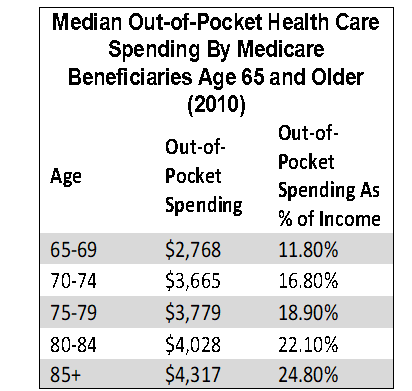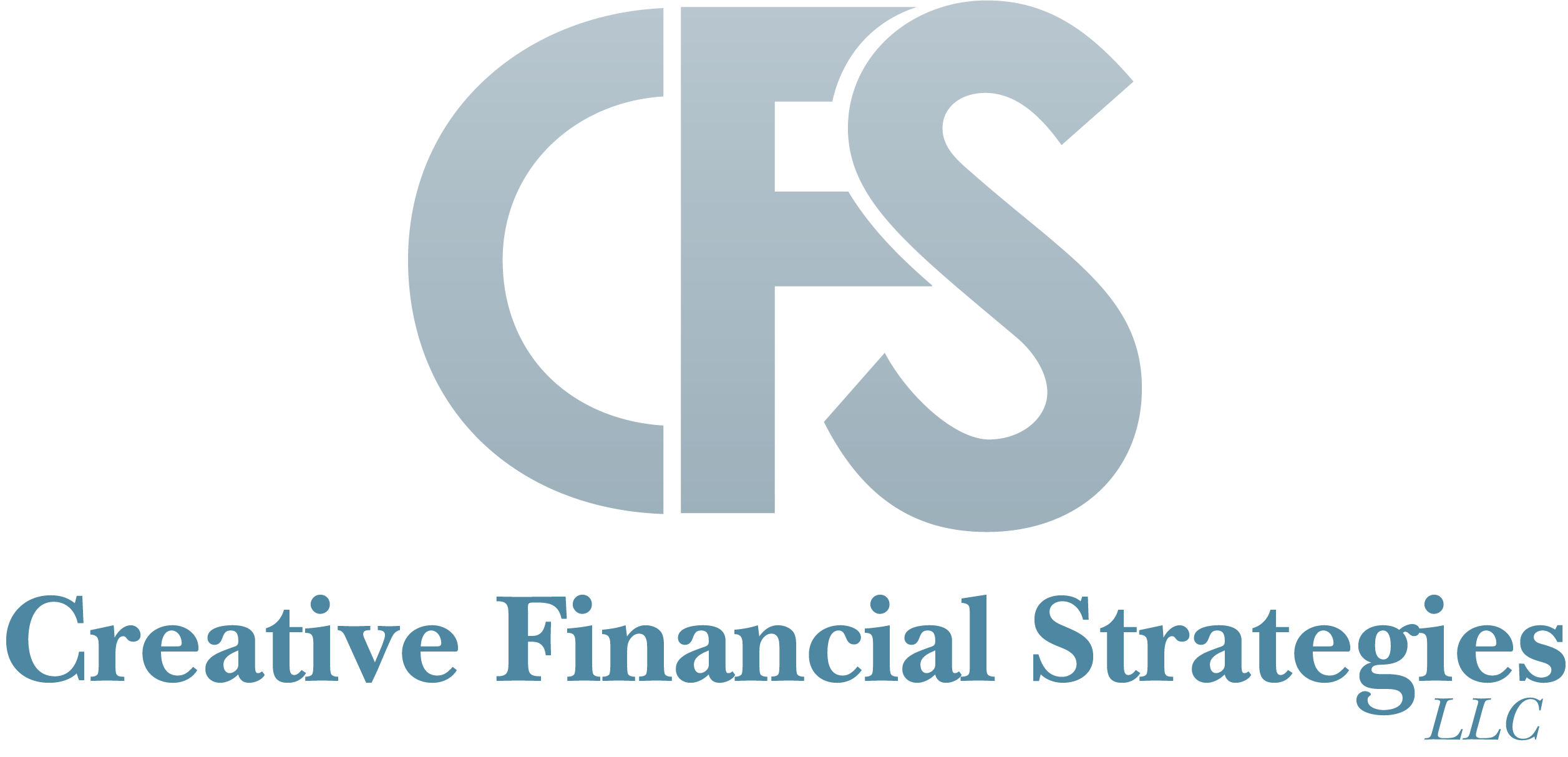6 Common Retirement Questions for Educators
6 Common Retirement Questions For Educators
How to Prepare For Retirement
Introduction
In today’s uncertain economy and volatile markets, the retirement dream can seem elusive. Many Americans are worried about whether they can afford to retire and how to ensure that their savings last as long as needed.
Many retirees and pre-retirees in the education field have the added challenge of dealing with complex and ever-changing retirement benefits and need help understanding their options. For educators who have spent a lifetime helping others achieve their best, deciding to retire may involve a mix of emotions. You may be worried about whether you can afford to retire, you may feel ambivalent about leaving colleagues and a beloved profession, and you may even wonder about what you will do when you are no longer working.
The combination of complex emotions and financial worries can make it easy to put off retirement strategizing. However, we believe that the most prudent course is to start thinking now about your retirement needs so that you can develop an educated opinion about your retirement options and make adjustments where necessary.
We’ve developed this special guide to help educators, administrators, and professionals in the field of education understand their options and strategize for a comfortable retirement.
1. When can I afford to retire?
If you’re worried about being able to retire, you’re not alone. Millions of Americans are worried about whether their retirement savings will be enough to keep them comfortable. In fact, many Americans fear running out of money more than they fear death.[1]
These worries may be compounded in the education sector by complicated retirement plans, student loan debt, and budgetary issues among employers. A 2013 report found that nearly 75 percent of surveyed college professors planned to postpone retirement, many because of financial reasons.[2]
The decision to retire is a very personal one that depends on a number of important factors like your age, financial circumstances, health, and family situation. It’s also important to understand when you may be eligible to collect a retirement benefit from your pension or sponsored retirement plan. Many traditional pension plans have both age and service requirements to start collecting a retirement benefit. If you have questions about service credits and retirement eligibility, an investment executive can help you determine what requirements you need to meet in your retirement system.
If you’re evaluating the decision to retire, there are a few important steps that you can take now to determine whether you are on-track financially. While an investment executive can help you explore your personal situation in greater detail, you can get started by doing some simplified retirement strategizing on your own.

Start by estimating your expenses in retirement. By adding up all of your basic living expenses and desired discretionary spending, you can develop a better idea of how much money you’ll need each month. If you’re having trouble estimating your expenses, use 85 percent of your current pre-retirement monthly spending to arrive at a conservative projection.
The second step is to identify any sources of income from Social Security benefits, a pension, and other sources. Any gap between your guaranteed income and your expenses will need to be covered by withdrawals from your retirement savings. Understanding how much can be safely withdrawn each year during retirement without running out later in life is a complicated process.
Unfortunately, there is no simple formula or approach that you can use to determine a safe withdrawal rate. The “4 percent” rule was popularized in previous decades and meant that retirees could safely take out 4-4.5 percent of their portfolio each year. In an environment of historically low interest rates and volatile markets, this rule no longer applies. It’s important that you take a personalized approach to strategizing your retirement withdrawals. There are many online calculators that you can use to estimate how much you may be able to withdraw in retirement. An investment executive can help you understand how factors like life expectancy, wealth, income needs, risk, and market environment affect your calculations and develop a strategy designed to balance your cash flow against the long-term preservation of your nest egg.
If you’ve run the numbers and think that you may have a retirement income shortfall, don’t panic. There are several strategies that you can employ to help increase your potential retirement income or reduce your expenses.
- Increasing your savings rate may allow you to make up your retirement shortfall. Contribute as much as you can to tax-advantaged retirement plans and consider opening a Roth IRA. If you are 50 or over, use catch-up provisions to boost your retirement contributions.
- Delaying retirement by working and adding to your savings will help your nest egg potentially grow larger, increase your Social Security benefits (if you are under age 70), and shorten the amount of time your savings must last.
- Downsizing your home and living expenses is another option. Many retirees are emptynesters who can reduce their expenses by moving into a smaller home.
- Working during retirement can create extra income while keeping you active and doing something you love. Many educators retire but continue teaching part-time. Senior administrators become consultants and advisors. Other retirees pursue passions for gardening, lecturing, or writing. Working while collecting may impact your Social Security benefits if you are younger than your full retirement age.
An investment executive can take a look at your overall circumstances and help you design a plan to maximize your income in retirement. He or she can help you with strategies to increase your Social Security benefits, guarantee a portion of your income, and develop an investment plan that helps balance the need for growth against your risk appetite, time horizon, and future goals.
2. How Will I Pay For Healthcare In Retirement?
Healthcare expenses are a major concern for today’s retirees and those who aren’t planning ahead may find themselves in trouble down the road. Life expectancy is rising, and today’s retirees can expect to live well into their 80’s. Medical advances are expensive and healthcare costs can go up fast during a serious illness.
A 2013 AARP survey found that just 36 percent of Americans over 50 have set aside money for their out-of-pocket medical expenses.[3] This is concerning because healthcare will very likely make up a significant part of your expenditures when retired. One estimate suggests that a 65-year-old retiring in 2013 will need $220,000 to cover total healthcare outlays in retirement.[4] Those who retire earlier may need even more to cover their healthcare costs before they are eligible for Medicare.
Fortunately, there are strategies that you can use to help tame healthcare costs in retirement with some advance strategizing.
Everyone’s healthcare needs are different, which is why it’s important to consider factors like your age, health, and family medical history when estimating potential expenses.

You should also determine whether you are eligible for any employer-sponsored healthcare once you retire. Any benefits you receive could reduce your out-of-pocket costs and thus, the amount you need to save for medical expenses.
Source: AARP Public Policy Institute [5]
Retirement healthcare plan accounts like a Retiree Health Savings Plan may be available through your employer and can help provide a tax-advantaged way to save for future healthcare expenses. An investment executive can help you determine whether this option is available to you and how it may fit your overall retirement strategizing objectives.
For most retirees, Medicare will form the backbone of their healthcare plan. Medicare has gone through some significant changes due to the Affordable Care Act (ACA) and there’s no way to predict how it may change in the future. An investment executive can help you stay abreast of things like eligibility, coverage, deductibles, and benefits.
It’s also important to think about how you will pay for services to help you remain independent if you need help with daily living. An AARP study found that a part-time home health aide cost around $22,000 per year in 2012, while the average annual cost of a nursing home topped $90,000.[6] Generally, Medicare and employer-sponsored insurance don’t cover long-term care. An investment executive can help you consider your current health, family medical history, and other factors and help you consider your options for funding your long-term care needs.
3. What Should I know about my retirement plan?
There are many different retirement plans out there and you may be confused about what options you have when you enter retirement. While the best way for us to answer your specific questions is to meet with you personally, we’ve developed a list of common retirement plan types and some special concerns you may want to think about.
Defined Benefit (DB) Plans[7] guarantee a lifetime retirement benefit to participants based on factors like age, years of employment, and salary. Though DB plans are disappearing, they are still common among public school systems across the U.S. If you are enrolled in a DB plan, your employer takes care of investing all contributions to the pension fund and bears the risk of providing the guaranteed level of retirement benefits. Participants in DB plans have some special financial strategizing issues. Federal rules like the Windfall Elimination Provision (WEP) mean that your Social Security benefits may be reduced by your pension income, depending on the rules in your state. Because of budgetary issues, some employers have sought to reduce or modify their responsibilities to pensioners. If you are concerned about possible reductions in your benefits, you should speak with an investment executive about strategies to help mitigate your risk.
Defined Contribution (DC) Plans[8] are the most popular type of employer-sponsored retirement plans available today. The most common types are 401(k)s, 403(b)s, 457s, and Thrift Savings Plans. As a plan participant, you decide how much to contribute to your plans from each paycheck, allocate your money between the investment choices available to the plan, and assume all investment risk. Oftentimes, your employer will match some of your contributions. Your money grows tax deferred since contributions are made with pre-tax income. Once you retire, you retain control over your assets and can choose to roll them over into an Individual Retirement Account (IRA) or another type of account.
Hybrid Retirement Plans[9] combine features of both defined benefit and defined contribution plans. For example, your employer may offer a cash balance plan in which employers contribute to the plan as though it were a defined benefit plan but give employees the option of receiving either a stream of payments or lump-sum distribution at retirement. Lump sums are popular because they can be rolled over into an IRA or new retirement plan, allowing your retirement savings to potentially continue growing.
Supplemental Retirement Plans are provided by some employers to allow you to save more for retirement beyond what’s contributed to your primary retirement plan.
Contribution limits, early withdrawal penalties, and other details can vary a great deal, and it’s a good idea to review your retirement plan with a qualified investment executive.
If you participate in a Defined Benefit Pension Plan, you may be able to choose among different retirement income options and schedules. As you near retirement, you will want to consider questions like the following:
- How much income do you need in retirement?
- If a Deferred Retirement Option Program (DROP) is available to you, is it worth continuing to work while your retirement benefits keep accumulating?
- Do you need survivor benefit options for your spouse?
- What other sources of income do you have?
- Do you plan to work after retiring?
- How great is the age difference between you and your spouse?
- What are your healthcare insurance options?
- Do you have life insurance?
No matter what type of employer-sponsored plan you have, an investment executive who specializes in retirement strategizing can help you evaluate all of your options and choose a strategy that maximizes your retirement income while protecting your wealth for the long-term.
4. Should I Consider A “Buy-Out” Or Early Retirement Package?
An increasing number of employers are offering early retirement packages to employees. Typically, they will give you a lump-sum distribution based on your age, service, and contract. The decision about whether to keep working or accept a buy-out is complex and it’s important to consider all of your options and run the numbers before making a decision. Some factors to consider are the following:
- How will early retirement affect your pension benefits and other retirement income?
- Would you need to start taking Social Security immediately or can you allow your benefits to grow?
- Does the buy-out come with low or no-cost health insurance until you are eligible for Medicare?
- Do you have enough saved for retirement or do you need to keep working and building your nest egg?
- What are the tax implications of taking a lump-sum distribution?
- Is there a risk of future layoffs at your employer?
- Do you love what you do?
As you can see, there are many factors that go into the decision about accepting an early retirement package. It’s a good idea to talk to an investment executive who can go over your options and help you understand the benefits and drawbacks of each choice.
5. What does my dream retirement look like?
Take a moment to think about what a relaxing retirement looks like to you. Does it mean spending more time with loved ones or enjoying your passions? Are you interested in pursuing research? Do you want to travel?
Everyone’s retirement dream is different and part of retirement strategizing is thinking about what you want to do with the rest of your life. Today’s retirees can expect to live long, active lives, making retirement more like the dawn of a new chapter of life rather than a sunset. Increasing numbers of active Americans are redefining retirement for themselves in new and interesting ways.
6. How can an investment executive help me?
Regardless of what your dream retirement looks like, prudent financial strategizing can help you achieve it by helping you build retirement strategies to maximize your income while managing risk. An investment executive can help you understand your current financial circumstances and develop strategies to take you toward your future goals. We believe strongly in the value of experienced guidance and objective advice when navigating the transition to retirement.
Many Americans have complex financial situations and it’s very common to have questions and concerns about meeting your obligations in retirement. As investment executives, we have helped hundreds of clients follow their dreams of a tranquil retirement. We offer a range of services that can help you explore your life goals, establish a legacy, pursue your philanthropic passions, and protect your family from the unknown.
Next Steps
We hope you’ve found this special guide interesting, informative, and, most of all, reassuring. While retirement strategizing is complex, we wanted to show you some simple steps you can take to begin answering important questions about your own retirement journey. Most of all, we want to encourage and support you as you strategize for retirement and prepare for the next stage of your life.
Footnotes, disclosures and sources:
Securities offered through SCF Securities,Inc. Member FINRA/SIPC 155 E. Shaw Ave. Suite 102, Fresno, CA 93710 • (800) 955-2517 •Fax (559) 456- 6109. SCF Securities, Inc. and Creative Financial Strategies LLC are independently owned and operated. www.scfsecurities.com Note: Securities offered through SCF Securities Inc., Investment Advisory Services offered through SCF Investment Advisors, Inc.
This material is for information purposes only and is not intended as an offer or solicitation with respect to the purchase or sale of any security.
Investing involves risk including the potential loss of principal. No investment strategy can guarantee a profit or protect against loss in periods of declining values.
Fixed income investments are subject to various risks including changes in interest rates, credit quality, inflation risk, market valuations, prepayments, corporate events, tax ramifications and other factors.
Opinions expressed are not intended as investment advice or to predict future performance.
Past performance does not guarantee future results.
Consult your financial professional before making any investment decision.
Opinions expressed are subject to change without notice and are not intended as investment advice or to predict future performance.
All information is believed to be from reliable sources; however, we make no representation as to its completeness or accuracy. Please consult your financial advisor for further information.


